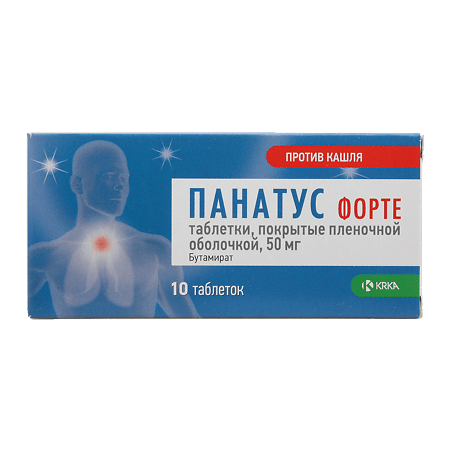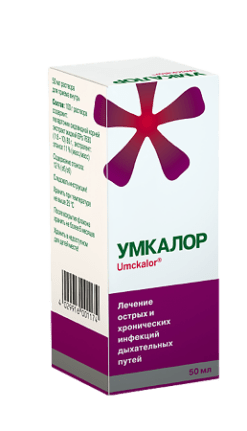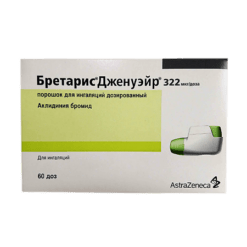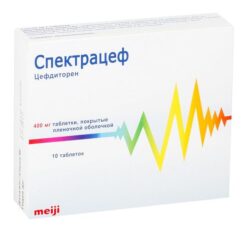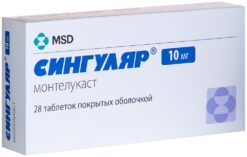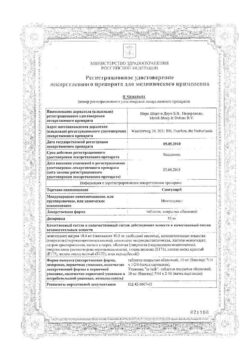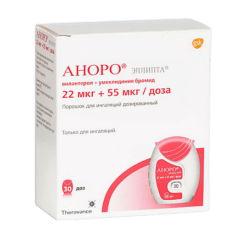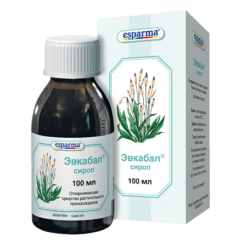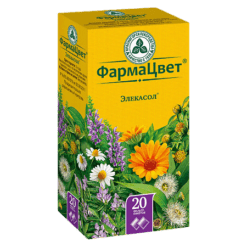No products in the cart.
Panatus forte, 50 mg 10 pcs
€11.88 €9.90
Description
Whooping cough, Cough, Cold, Preparation for bronchoscopy
Dry cough of any etiology, including whooping cough, to suppress cough in pre- and postoperative period, during surgery and bronchoscopy.
Indications
Indications
Dry cough of any etiology, including whooping cough, to suppress cough in the preoperative and postoperative period, during surgical interventions and bronchoscopy.
Pharmacological effect
Pharmacological effect
centrally acting antitussive
Special instructions
Special instructions
Pregnancy (II-III trimesters).
Contraindicated in children under 12 years of age.
Contraindicated in patients with lactase deficiency, lactose intolerance, glucose-galactose malabsorption syndrome.
One film-coated tablet contains 285 mg of lactose. Each time the drug is taken in accordance with the instructions for use, the patient takes up to 285 mg of lactose. The drug Panatus® forte is not used in patients with lactase deficiency, lactose intolerance, or glucose-galactose malabsorption syndrome. If after 5-7 days of using Panatus® forte the cough does not stop, you should consult a doctor.
The drug Panatus® forte may cause drowsiness, so care must be taken when driving vehicles and working with complex technical devices that require increased concentration and speed of psychomotor reactions.
Active ingredient
Active ingredient
Butamirat
Composition
Composition
1 film-coated tablet contains:
Active ingredient:
Butamirate citrate 50.00 mg
Excipients: lactose monohydrate, povidone K-25, hypromellose 15000 mPas, talc, magnesium stearate, colloidal silicon dioxide
Film shell: hypromellose 6 mPas, titanium dioxide (E171), red iron oxide dye (E172), talc, propylene glycol
Pregnancy
Pregnancy
There is no data on the safety of using the drug Panatus® forte during pregnancy and its passage through the placental barrier. The drug is not recommended for use in the first trimester of pregnancy. In the second and third trimesters of pregnancy, the drug can be used only after consultation with a doctor. Given the lack of data on the release of butamirate into breast milk, the use of Panatus® forte during breastfeeding is not recommended.
Contraindications
Contraindications
Hypersensitivity to the components of the drug, pregnancy (first trimester), breastfeeding period, children under 12 years of age, lactase deficiency, lactose intolerance, glucose-galactose malabsorption syndrome.
Side Effects
Side Effects
World Health Organization (WHO) side effect frequency classification:
very common ≥ 1/10
often ≥ 1/100 to < 1/10
uncommon ≥ 1/1000 to < 1/100
rarely from ≥ 1/10000 to < 1/1000
very rare from ≥ 1/100000, including isolated reports.
From the central nervous system (CNS):
rarely: drowsiness, dizziness.
From the digestive system:
rarely: nausea, vomiting, diarrhea.
From the skin:
rarely: exanthema.
Other: allergic reactions may develop.
Interaction
Interaction
No drug interactions have been reported for butamirate.
Due to the fact that butamirate suppresses the cough reflex, the simultaneous use of expectorants should be avoided to avoid the accumulation of sputum in the respiratory tract.
During the period of use of the drug Panatus® forte, the use of ethanol, as well as drugs that depress the central nervous system (hypnotics, antipsychotics, tranquilizers, etc.) is not recommended.
Overdose
Overdose
Symptoms: drowsiness, dizziness, nausea, vomiting, abdominal pain, diarrhea, irritability, impaired coordination of movements, decreased blood pressure.
Treatment: rinse the stomach, prescribe activated charcoal, laxatives, and take measures to maintain the function of the cardiovascular and respiratory systems. There is no antidote. Treatment is symptomatic.
Clinical pharmacology
Clinical pharmacology
Pharmacodynamics
Butamirate, the active ingredient of the drug Panatus® forte, is a centrally acting antitussive agent that is not related to opium alkaloids either chemically or pharmacologically. Suppresses cough, having a direct effect on the cough center. Has a bronchodilator effect. Helps make breathing easier by improving spirometry (reduces airway resistance) and blood oxygenation.
Pharmacokinetics
Butamirate is quickly and completely absorbed when taken orally.
With repeated use of butamirate, its concentration in the blood plasma remains linear and no accumulation is observed.
Hydrolysis of butamirate, initially to 2-phenylbutyric acid and diethylaminoethoxyethanol, begins in the blood. These metabolites also have antitussive activity. Butamirate and its metabolites have an almost maximum (about 95%) degree of binding to plasma proteins, which determines their long half-life (T1/2) and long-term antitussive effect. Metabolites are excreted primarily by the kidneys, with acidic metabolites largely associated with glucuronic acid. T1/2 is 6 hours.
Storage conditions
Storage conditions
At a temperature not exceeding 25 ºС, in the original packaging.
Keep out of the reach of children.
Shelf life
Shelf life
5 years.
Do not use the drug after the expiration date.
Manufacturer
Manufacturer
KRKA dd Novo Mesto, Slovenia
Additional information
| Shelf life | 5 years. Do not use the product after the expiration date. |
|---|---|
| Conditions of storage | At temperature no higher than 25ºC, in original packaging. Store out of reach of children. |
| Manufacturer | KRKA dd Novo mesto, Slovenia |
| Medication form | pills |
| Brand | KRKA dd Novo mesto |
Related products
Buy Panatus forte, 50 mg 10 pcs with delivery to USA, UK, Europe and over 120 other countries.

